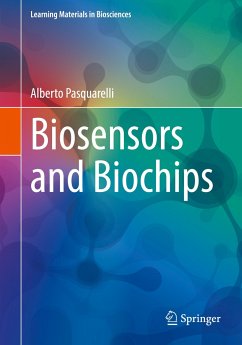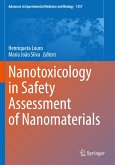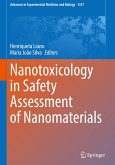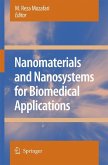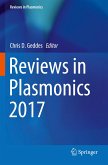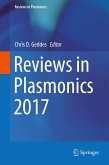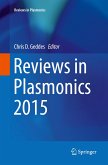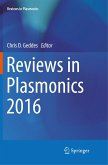This textbook describes the basic principles and mechanism of action of biosensor systems, and introduces readers to the various types of biosensors; from affinity biosensors to catalytic, optical and label-free biosensors, the most common systems are explained in detail. Dedicated advanced sections focus on biochips and genome sequencing methods as well as organs-on-a-chip.
The textbook helps readers to understand the elementary components of biosensors, and to identify and illustrate each function in the biosensor information flow, from recognition to transduction and transmission. Furthermore, readers will receive guidance in critically analyzing published studies on biosensor research, helping them to develop appropriate concepts and independently propose their own solutions.
The textbook is intended for master's students in bioengineering, biophysics, biotechnology and pharmacology that need a solid grasp of biosensor system technologies and applications,as well as students in related medical technological fields.
The textbook helps readers to understand the elementary components of biosensors, and to identify and illustrate each function in the biosensor information flow, from recognition to transduction and transmission. Furthermore, readers will receive guidance in critically analyzing published studies on biosensor research, helping them to develop appropriate concepts and independently propose their own solutions.
The textbook is intended for master's students in bioengineering, biophysics, biotechnology and pharmacology that need a solid grasp of biosensor system technologies and applications,as well as students in related medical technological fields.

